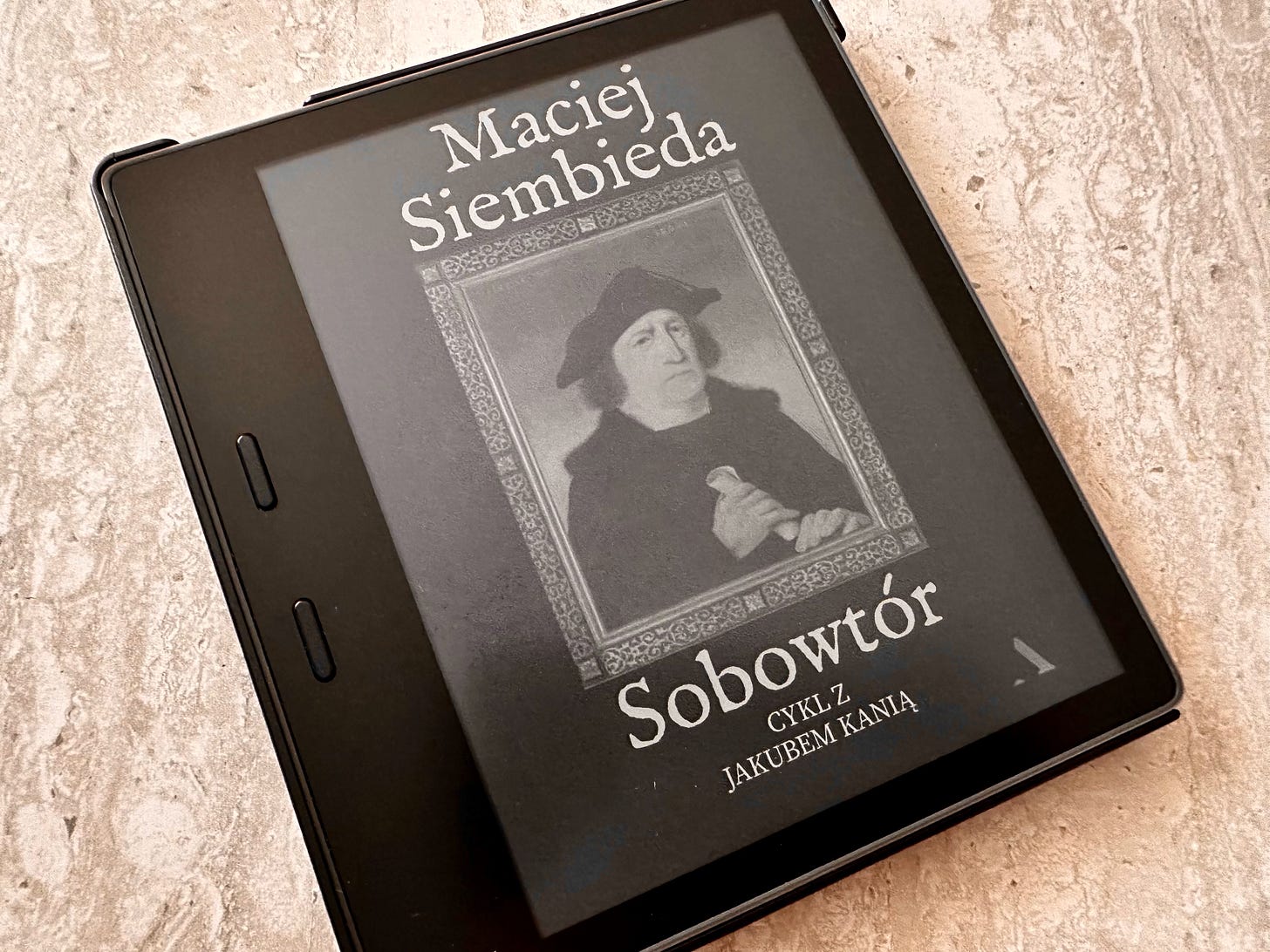Book Review: Sobowtór by Maciej Siembieda
Art, Deception, and a Legend That Refuses to Die ⭐️⭐️⭐️⭐️ (4/5)
This past weekend, I finally cracked open Sobowtór, the latest novel by Maciej Siembieda, and I found myself instantly pulled into a masterfully spun tale where historical truths are painted over with layers of fiction so seamlessly, it’s hard to tell where one ends and the other begins.
Pan Maciej Siembieda, long celebrated a…



